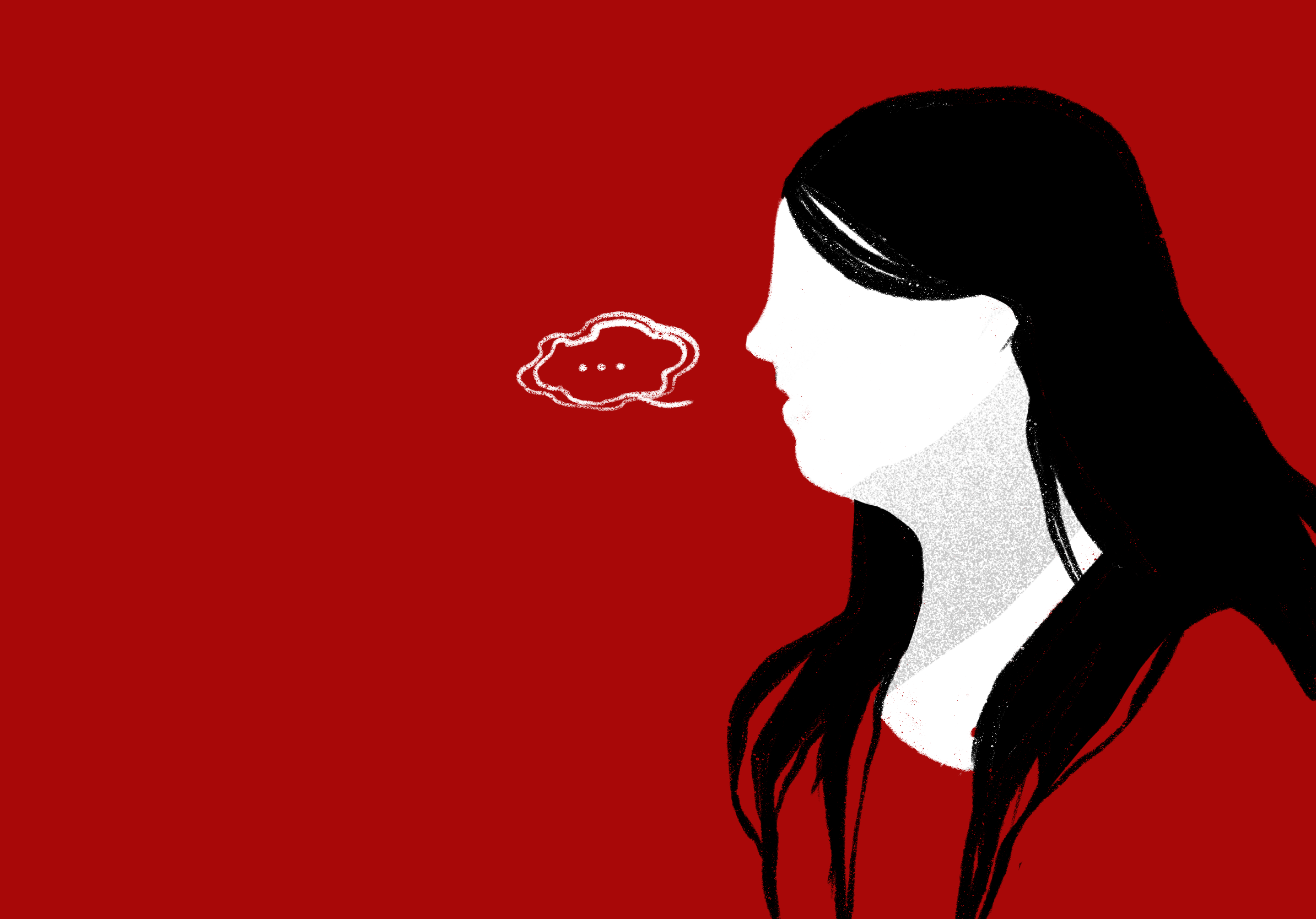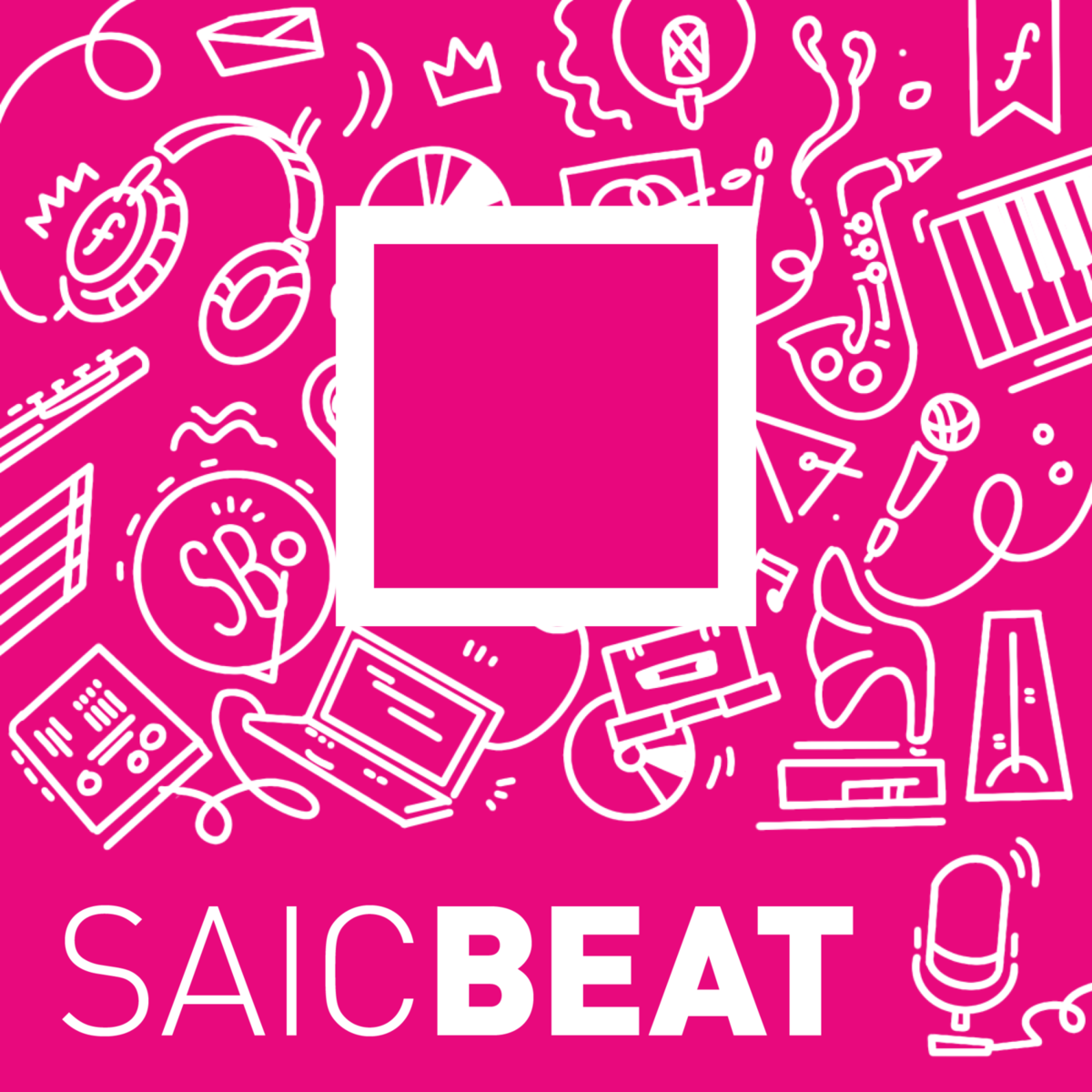
In a time when we have instant access to other people’s points of view about a multitude of troubling world events, we’re left to handle the emotional residue in any way we can. According to a survey conducted by the National Institute of Mental Health on drug use and health, in 2017 nearly one in five U.S. adults reported living with a mental illness — that’s 46.6 million Americans. Of these, 19.8 million (42.6%) received mental health services. Though therapy remains a somewhat taboo subject for some, it is increasingly common for people to seek therapy and/or aspire to be therapists.
I’m a first-year graduate student in the Master of Arts in Art Therapy and Counseling (MAATC) department at the School of the Art Institute (SAIC). My cohort and I are working to become licensed art therapists and counselors. At the heart of our studies and discussions are the questions: What is art therapy? What does it mean to take care of yourself? And what does it mean to be licensed to give care to another human being (and be paid for it)?
Every person I know who is studying, practicing, and teaching art therapy defines it differently (as do art therapy organizations, international journals and licensing boards). However, Assistant Professor of Art Therapy Leah R. Gipson gets to the core of it all in one sentence: “Art therapy is a form of psychotherapy in which therapists emphasize the use of visual art (and other art forms) for therapeutic intervention.”
I think about art therapy as a vehicle within which clients and therapists can explore issues and themes in their lives, and after establishing a trusting working relationship, work together to address those issues in a way that benefits the client.
Recognized in the U.S. during the 1940s, art therapy was long thought about as either the process of art making (art as therapy) or about the analysis of the art product (art psychotherapy). Though those two foundational perspectives are important, for the past two decades, it has been more commonly agreed that art therapy is defined as a continuum of ideas that guide theory and practice.
Art therapy courses have been offered at SAIC since the early 1970s. In 1985, a 60-credit graduate program was instituted, approved by the Education and Program Approval Board of the American Art Therapy Association (AATA) in 1989. The program’s mission statement now reads: “To provide a comprehensive art therapy education that emphasizes development of the artist/art therapist, prepares graduates to function as art therapists in a variety of settings, and fosters critical engagement within social and cultural contexts.”
In the department, the study of art therapy is combined with courses in art, counseling, and psychotherapy to foster cultural competence. The program also requires that students complete a minimum of 100 hours of practicum and 900 hours of clinical internship, all under licensed supervision. In their third and final year, students have the choice to complete a graduate thesis or a graduate project. After graduating, they must complete state examinations to be licensed as art therapists and counselors.
Savneet K. Talwar, associate professor of Art Therapy and editor of the book, “Art Therapy for Social Justice: Radical Intersections,” shared some insight on the changes she’s seen in the MAATC program in the last ten years. She said, “The focus of the program has expanded from only clinical and psychological … to include the social, cultural, and political aspects of the therapeutic process and practice.”
When asked to define art therapy, Talwar talked about art therapy as a “living pedagogy” — an active practice of trying to understand how artistic and therapeutic practices influence her everyday life.
Part of this work means answering questions like those that Gipson poses: What are the underlying values that thicken our relationships to antiracism, feminism, and disability justice? Captured by our empathy for the oppressed other, how can art therapists act from within their privilege in society to deconstruct their infatuation with a fictitious ideal of wellness and the people they call clients?
In 2016, Gipson and Eva Marxen were hired as full-time faculty to bring a stronger focus of critical theory to the program. Last fall, SAIC hosted the Critical Pedagogy in the Arts Therapies Conference, which focused on restoring and re-storying both disciplines.
In an open group, I asked my classmates to share a sentence about how they understood art therapy now, having studied for at least two semesters. One colleague emphasized, “Just because you like making art and working with people doesn’t mean that art therapy is going to work for you or for the client.” The amount of power that an art therapist has in a relationship with a client is indeed alarming. We must strive to understand not only the client’s historical, social, cultural, and political context but also to understand our own and how and why we decide to practice.
About what it takes to become an art therapist, another colleague very bluntly stated, “It’s kind of disemboweling … Emotionally.”
Other responses included:
“Art is not magic.”
“Art won’t save the world.”
“Art is not always the answer.”
“Art is just another capitalistic tool.”
“Art therapy can romanticize healing and that is not real.”
“You don’t have to be a therapist to care but you do need a license to practice.”
Answers to questions regarding clients and their care start with “It depends … ” and it really does. This program continues to remind me that I must work to understand where people are coming from. I can try and understand their historical, cultural, social, and political contexts, but at the end of the day, I truly do not know what it’s like to be them unless I ask them and let them tell me about what they think, feel and need.
As someone who was an artist long before studying art therapy, I can see a shift in the questions that I ask myself and other artists. What artworks are made to be experienced and digested by any and all? Which are made specifically for their audience? What are these works saying, doing?
In the same way that art therapists hold power within the therapeutic relationship, artists hold power in how, why and in what context we choose to represent that which we want to convey — something to think about for artists at SAIC.








This is a good article, except for one glaring omission. The founder and creator of art therapy at SAIC is Don Seiden. While working at Rush Medical Center, then called Rush Presbyterian St. Luke’s, Don was an early pioneer and practitioner of art therapy in Chicago at large. As a professor and Chair of the Sculpture and Art Education Department’s he was able to bring the Art Therapy Department at SAIC into existence. He had garnered the respect of individuals from the fields of art, art history, art education and psychiatry as evidenced by a collaborative symposium he spearheaded in the late 1980’s at SAIC called “Art and the Brain”. Prominent individuals in the above mentioned areas, including Betty Edwards, author of “Drawing on the Right Side of the Brain” and “Drawing On the Artist Within”, spoke over several days. This initiative offered additional credibility to the new Masters program offered at SAIC.
I noticed that too Dan. Good information for the author to include for sure!